Vietnam: What are the sample argumentative essays on comparing two poems with similar styles? What are the requirements for the academic topic - writing a report on a modern literary matter in the 12th-grade Literature curriculum?
What are the sample argumentative essays on comparing two poems with similar styles in Vietnam?
"Tương tư" and "Việt Bắc"
| [1] Introduction Love is an eternal theme in literature, touching human's deepest emotions. Among these, Tuong Tu by Nguyen Binh and Viet Bac by To Huu stand out by depicting the intense longing of people—one rooted in romantic love, the other in a longing for a revolutionary homeland. Although both poems explore the sentiment of nostalgia, they embody different stylistic expressions, allowing readers to clearly see the distinctive traits in each author's creations. In this essay, we will delve into comparing and evaluating to highlight the similarities and differences in content and artistry between the two works. [2] Body: Comparison of the Emotional Content and Ideas of the Two Works: Tuong Tu by Nguyen Binh delves into the yearning emotions in romantic love, where the countryside's young man sends heartfelt longings to his beloved. This longing is compared to "love sickness"—a natural law, a "disease" of the heart when one is in love. On the contrary, Viet Bac by To Huu expresses longing not only for an individual but for the entire Viet Bac region—a place nurturing and sheltering revolutionary soldiers during the resistance years. It's a longing filled with affection, stemming not only from patriotism but also from gratitude toward the Viet Bac people. Comparison of Artistic Aspects in the Two Works: Both Tuong Tu and Viet Bac employ the traditional rhythm-rich luc bat form, easy to resonate with readers. However, Nguyen Binh infused Tuong Tu with a folk flavor through rustic, simple imagery and language, closely related to rural life. Rhetorical devices like metonymy, personification, along with the imagery of couples, create a sense of longing merging with the simple, innocent countryside setting. In Viet Bac, To Huu creatively uses the luc bat form, blending classical and folk elements yet bearing a revolutionary spirit. Analogous images like "Missing as dearly as longing for a lover" help readers deeply feel the yearning for the homeland, where "a bowl of rice dipped in salt" and sharing overflowing with affection. The flexible organization of the verses, skillful use of antithesis and repetition, highlights a beloved, simple yet warm-hearted Viet Bac, allowing readers to feel nostalgia permeating space and time. Similarities and Differences in Each Author's Stylistic Expression: Both poems succeed in portraying longing, but Tuong Tu leans towards romantic love with delicate yet strong expressions, while Viet Bac carries the tune of enduring, solid longing for the homeland and revolutionary ideals. Nguyen Binh's country-style poetry, rich in rustic folk lyrics, makes Tuong Tu simple and familiar, whereas To Huu, through Viet Bac, uses lyrical political style to express love for the homeland and country. This creates a significant difference in expressing nostalgia between the two poems. [3] Conclusion: Both Tuong Tu and Viet Bac are poems rich in emotion, full of affection. If Tuong Tu is a simple, rustic poetic depiction of rural love, Viet Bac is a passionate song of love for the homeland intertwined with revolutionary ideals. Each poem, with its own unique style, delivers remarkable and distinct artistic values. Through them, we further understand and appreciate the creative styles of Nguyen Binh and To Huu, who have contributed memorable works about deep love and longing to Vietnamese poetry. |
"Đây thôn Vĩ Dạ" and "Tràng giang":
| [1] Introduction The New Poetry Movement (1930–1945) is known for works that reveal deep personal expressions, rich in sorrow and yearning for love from the poets. In this flow, two notable works, reflecting the inner feelings and distinct styles of two poets, are "Đây thôn Vĩ Dạ" by Han Mac Tu and "Tràng giang" by Huy Can. The two poems both offer a harmonious connection of deep affection for nature while showcasing different artistic styles, opening up various scenes and levels of emotion. Comparing and evaluating these two works help us see the value in content and artistry of each poem, as well as the distinctive creative style of each poet. [2] Body Philosophical Content Both poems express the poets' solitary selves from the New Poetry Movement, blending sorrow and a yearning to merge with nature and life. "Đây thôn Vĩ Dạ" by Han Mac Tu is a gentle, tender reproach directed at the dream girl, while also expressing sadness and longing before the nature of Vi village in Hue. Beginning with a hint-laden invitation, the poem depicts images like "sunlit areca rows," "whose garden is green as jade," and bamboo leaves covering faces, creating a romantic, intimate yet distanced space. Conversely, "Tràng giang" by Huy Can carries a gentle sorrow with vast space and a deserted natural landscape. The vast Trang Giangriver appears in the twilight, with sand dunes, drifting woodlands, and a boat moving downstream, all steeped in sadness and human loneliness before the immense nature. Similarities Both works draw inspiration from nature as a foundation, but nature is not mere scenery; it is a backdrop for the poets to reveal their sadness and desires. Han Mac Tu finds in Vi village's nature an ambiguous, pure beauty with a dreamy quality; Huy Can experiences nature in Trang Giang as a silent, vast space, tinged with classical color, evoking feelings of smallness and loneliness. Additionally, both authors utilize the seven-word verse form to express deep interior sentiments, employing language rich in melody and imagery filled with symbolic, evocative qualities. Differences in Artistic Style In "Đây thôn Vĩ Dạ," Han Mac Tu uses imagery and poetic language that is delicate, suggestive, and romantic. The poem ushers in charming and beautiful scenes of Vi village through the fresh sunlight, green garden, and shadowy silhouette of a young girl. The repetition of "sunlight" emphasizes the vibrant, life-filled glow but also holds a luster of sadness. Besides, Han Mac Tu weaves surreal elements into the poem with images like "moon river" and "distant guests," endowing the poem with a romantic, hazy aura yet tinged with unattainable sentiments. In contrast, "Tràng giang" by Huy Can is steeped in classical style, influenced by Tang poetry. The opening line "Ripples in Trang Giang's profound sadness" unveils a quiet, serene picture, accented with reduplicative words like "profound sadness," "sparsely," "desolate,"... The imagery in "Tràng giang" conveys a classical, solitary tone, highlighting human solitude through images of a dry branch, a lonely boat, vast waters, and a deserted pier. Nature in Huy Can's poetry is not just an expression of sadness but also a nostalgic longing for homeland and the souls adrift amidst life. Evaluation of Content and Artistic Value In terms of content: Both poems are laments of worldly sorrow, but Han Mac Tu leans towards a sad loving life, longing to merge with life through the image of the Vi village girl; while Huy Can inclines towards worldly melancholy, the desolation in the soul when facing vast nature. In terms of artistry: "Đây thôn Vĩ Dạ" stands out with a lyrical, romantic style and a blend of realism and surrealism in poetry. "Tràng giang" harmoniously combines classic and modern elements, with a portrayal of silent space and poetic language imbued with philosophical nuance. [3] Conclusion Both "Đây thôn Vĩ Dạ" and "Tràng giang" affirm high artistic value, each project being a natural landscape, a cross-section of the poets' souls. If "Đây thôn Vĩ Dạ" is a sentimental melancholy, colored with romantic, surreal nuances, then "Tràng giang" is a cosmic sorrow, a solitary feeling in the face of vast nature imbued with classical, serene style. Through this, we gain further understanding of the unique creative styles of Han Mac Tu and Huy Can—talented poets from the New Poetry Movement, who crafted deeply poetic works rich in artistic value, laden with intimate sentiments about life and humanity. |
Note: The sample argumentative essays on comparing two poems with similar styles in Vietnam above are for reference only!
New
>>>What are the sample argumentative essays on comparing two poems with similar styles in Vietnam?
See More
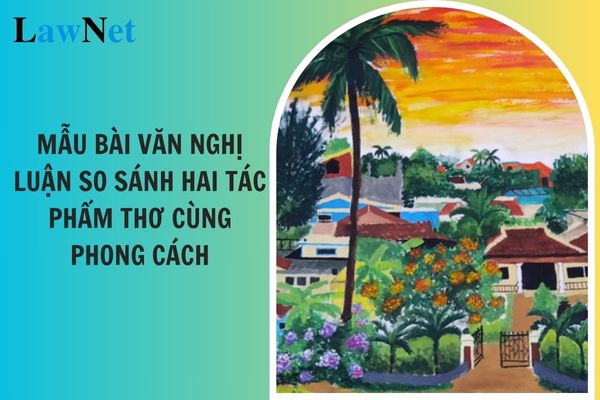
What are the sample argumentative essays on comparing two poems with similar styles in Vietnam? What are the requirements for the academic topic - writing a report on a modern literary matter in the 12th-grade Literature curriculum? (Image from the Internet)
What are the requirements for the academic topic - writing a report on a modern literary matter in the 12th-grade Literature curriculum in Vietnam?
Under Section IV Appendix of the General Education Literature Program issued with Circular 32/2018/TT-BGDDT prescribing the academic topics in the 12th-grade Literature curriculum:
Topic 12.1. PRACTICE RESEARCH AND WRITING REPORTS ON MODERN AND POSTMODERN LITERARY MATTER
- Know the requirements and methods of researching a matter.
- Know how to write a research report.
- Understand and apply knowledge from the topic to read and write about modern and postmodern literature.
- Know how to present an issue of modern, postmodern literature that has been researched.
What are the orientations in teaching methods for the 12th-grade Literature curriculum in Vietnam?
Under Section 6 in the Appendix to the General Education Program in Literature issued with Circular 32/2018/TT-BGDDT, the orientations in teaching methods for the 12th-grade Literature curriculum in Vietnam are as follows:
The Literature curriculum utilizes education methods oriented toward integrated and differentiated teaching; diversifying teaching methods, means, and organizational forms; promoting active, proactive, and creative learning, applying knowledge and skills of students.
- Based on the program, teachers proactively and flexibly build and organize lessons according to the following orientations:
+ Implement intra-disciplinary integration requirements (both knowledge and skills), interdisciplinary integration, and integrate priority education content (cross-disciplinary); implement differentiated teaching according to student subjects at all levels and differentiation contributing to career orientation in high school education.
+ Train students in methods of reading, writing, speaking, and listening; practice, experience in receiving and applying knowledge of the Vietnamese language and literature through learning activities in and out of the classroom; focus on using teaching means, overcoming the traditional reading and copying teaching style, developing thinking, training skillful use of means for students.
+ Enhance and promote student activeness and self-reliance; allocate ample time for students to study textbooks and learning materials, practice, conduct presentations, discussions, and defend learning results to enable students to read, write, speak, and listen according to varying demands and levels; assess and evaluate student task fulfillment in their learning tasks.


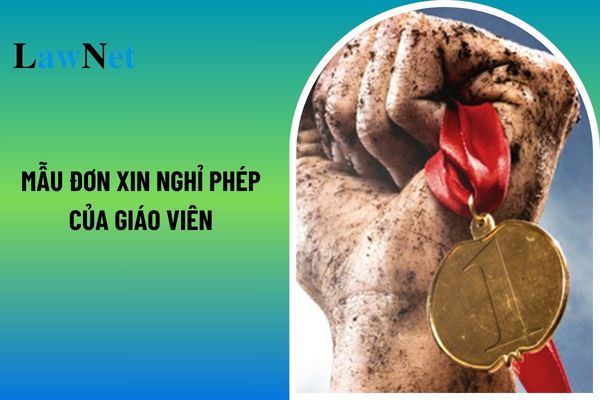
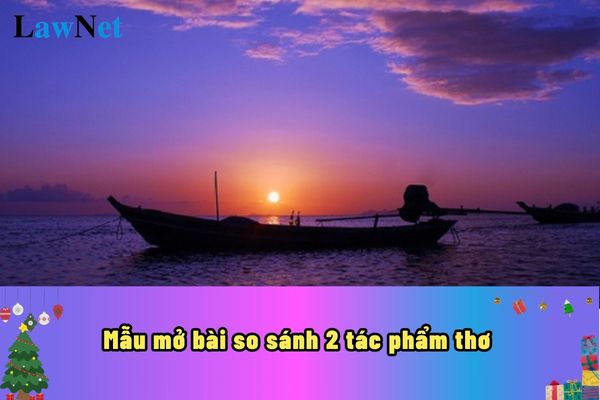
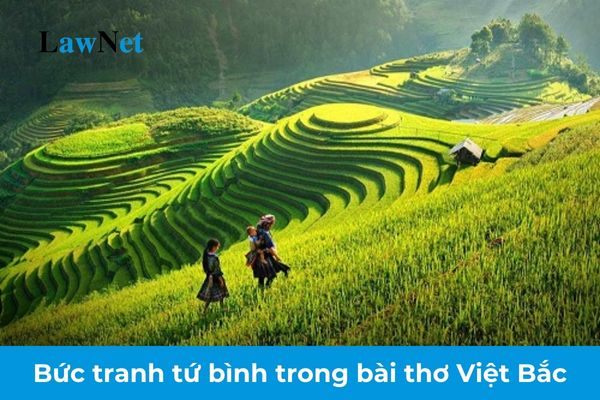
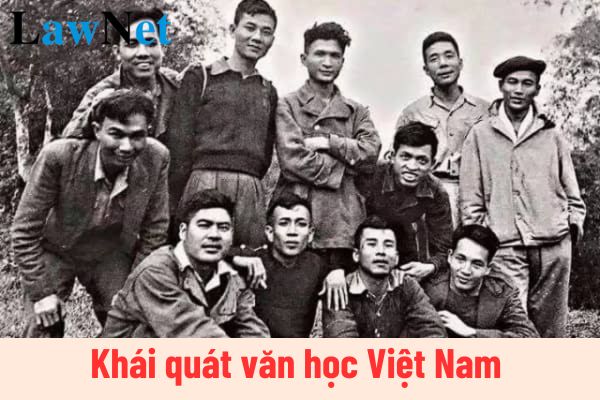
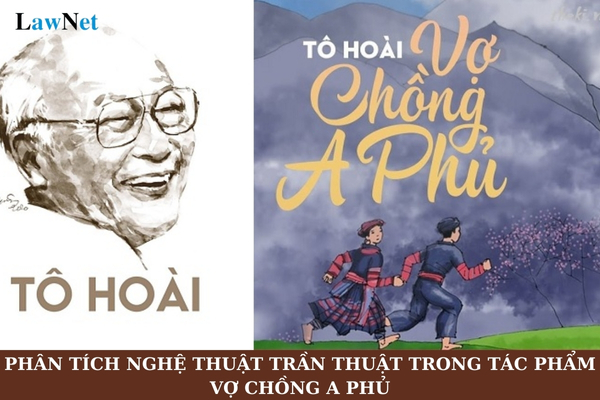
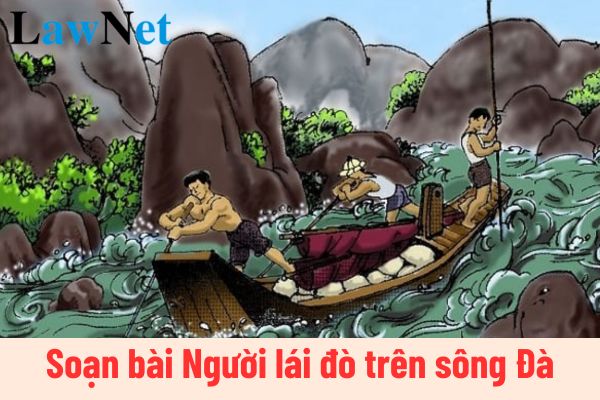
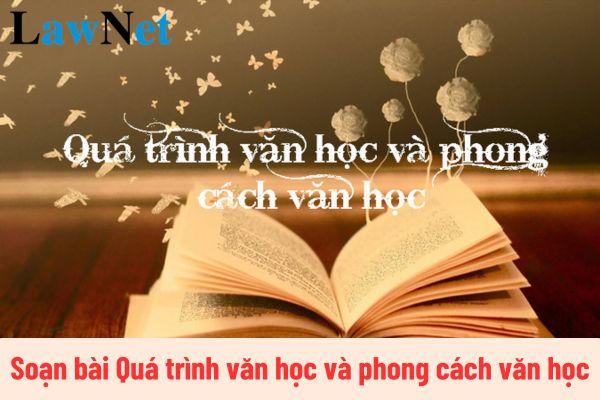
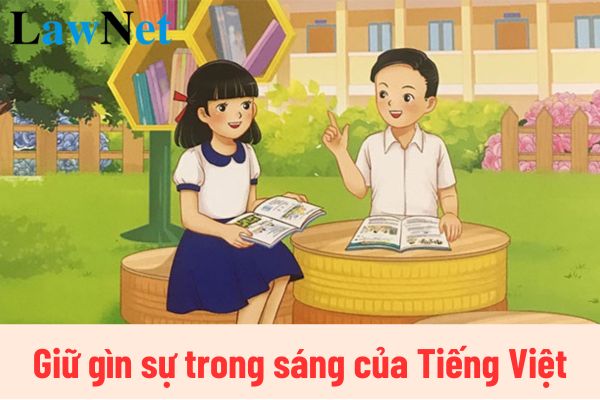
- Vietnam: What is the sample report on a modern literary matter - innovations and renovations in the short stories "Chiếc thuyền ngoài xa" and "Một người Hà Nội"?
- Vietnam: What are the 05 sample 600-word argumentative essays on negative issues among youth today? How many types of texts are there in the content of the 12th-grade Literature curriculum?
- Vietnam: What are the best sample paragraphs about your family for 6th-grade students? What elective subjects do 6th-grade students learn?
- Vietnam: What are the best sample self-introductions in English for 5th-grade students? What topics are covered by the 5th-grade English curriculum?
- Vietnam: What are the sample imaginary paragraphs on Tin-tin and Mi-tin entering the magical garden for 4th-grade students? What are the 05 essential qualities required for 4th-grade students?
- Vietnam: What are the guidelines for preparing the briefest lesson "A Strange Tale of the Fisherman's House/Truyện lạ nhà thuyền chài"? What is the eligibility for lower secondary graduation recognition for 9th-grade students?
- What are the enrollment methods of Pham Ngoc Thach University of Medicine in 2025?
- Vietnam: What are the sample 1st end-of-semester question papers of 9th-grade Literature? What is the form of assessment for 9th-grade Literature?
- Vietnam: What are the 10 sample 200-word social argumentative paragraphs on the strength of discipline? Is improving manpower one of the goals of education?
- What are the sample social argumentative essays on a social issue raised from a literary work in the 8th-grade Literature curriculum in Vietnam?

